|
I try to include Sight Reading, Note Recognition Practice, Rhythm Practice and Scales in each group lesson. My iPad and my Piano Workout cards play a big part in my success in doing this.
On the Piano Bingo board we have the following tasks:
Students are always excited to make a Bingo. Often they ask if they can work on a specific square during the lesson because completing that task will give them a Bingo.
Next year, I am modifying the board to include more pieces to learn on their own and more performance squares. I'm probably going to do away with the "prize per bingo" and replace it with a decorated noticeboard showing the student with the most Bingos. Students are always proud to see their name on the Winners Board.
2 Comments
I usually have several piano practice incentives running in my studio throughout the year. This year, I added an easy to manage incentive: The A-Train. I designed a train, printed it on magnetic paper and mounted it on the main notice board where everyone can see it. I bought some magnetic strips from a craft store and made a small magnetic name tag for each student.
My students score a grade each week for their practice. If I can hear from their performance in the lesson that they have worked on what I assigned them, I give them an "A". If they haven't made much progress that week, I give them a "B" or a "C" depending on how they do. Students who score 4 consecutive A's, get to board the A-Train. I put their name magnet on one of the train carriages. As long as they continue to score A's, they stay on the A-Train. Scoring a B or a C means their name is removed from the train, and they have to score 4 consecutive A's to get back on the train. This has been very effective this year - particularly with the elementary school students. No-one wants their name removed from the train and on the occasions where someone has been removed, they have worked very hard to get back on the train. There is no prize for staying on the A-Train. Just seeing their names on the train seems to be a prize in itself! Want to try the A-Train? Click here to download and print it. You can use regular paper and add the student names using push pins. I preferred magnets, but push pins can work too.
One of the first changes I made when I started focusing on group lessons, was to implement group challenges. I split my students into 5 teams, and began "Team Quest 100" - a challenge to the students to work together to learn 100 pieces of music by the end of the school year. All members of the winning team would win a prize.
I decorated the wall with a poster for each team so I could log progress after each lesson. When a student completed a piece of music, I wrote the student's name, the date, and the name of the piece on music on their team poster. It was easy to see how the teams were progressing. For a piece to be "completed" and logged on the team poster, it had to be played to "Recital Level" at 2 separate piano lessons. So if a student had to restart, fix notes mistakes, or missed dynamics, the piece wasn't ready to be logged. This was a big piano practice motivator. The first thing most students did on entering the studio, was to check the "Team Quest Wall" to see how their team was doing. The next thing they did was to check their log book to see how many pieces they could add to their team that day. Another good thing about it, was that parents could also see the progress of the teams. One parent asked if the "Green Machine" team had less students because they were always so far behind. I explained that the teams were equal, and reflected the practice of the students in the team. She then proceeded to insist that her daughter practice more! It was a very successful practice incentive. This year, I have a lot more students so I have split them into 6 teams and I am running a Team Quest 150 challenge where each piece has to be played to recital level at 3 lessons before it can be logged! I always have a "Piano Prize Box" in my studio to keep the students motivated. Unfortunately my older students don’t want Dollar Store or Oriental Trading stuff. I could tell I was missing it with the prizes one day, when one of my teenage students peered in the prize box, wrinkled her nose and said “I’m good – I don’t want anything.” A couple of years ago, I forked out about 300 bucks on prizes (including gift cards from Amazon and Chick-fil-A, metronomes, fidget spinners . . .). Everyone was excited about the prizes that year. I was more excited with the amount of practice that happened than I was about the $300 I spent. 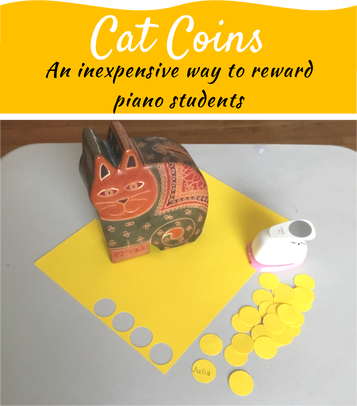 This year I decided to cut back on the amount I spend on prizes, so I came up with Cat Coins. Someone bought my son a cat-shaped piggy bank. He has so many piggy banks, that I borrowed his Cat-Bank for my lessons. Using a 1-inch circular puncher I cut circles out of gold colored card. These are our “Cat Coins.” My group lessons usually end with theory games, and I used to give a small prize to the overall winner of the gaming session.. Now, each time a student wins a game, they get to write their name on a “Cat Coin” and drop it in the Cat-Bank instead. Younger students who have practiced particularly well that week get a Cat Coin. Students who behave well in the more rowdy classes get a Cat Coin. At the end of the month, I pick a name randomly from the Cat Bank, and that student gets a prize from the Piano Prize Box. The prize is usually a small box of Skittles (all but one of my students loves Skittles), a “cool” pencil, an invisible ink pen, treble clef key rings - things like that. Cost is way lower because I only need 10 prizes for the year (I don't do it during the summer). And even though most students don’t win the monthly prize they are always delighted to put their names on the Cat Coins and drop them in the Cat Bank - it’s a reward in itself! How do you reward your students? |
Julia & DianaTwo sisters on two different continents, working together, creating resources that keep our students motivated and loving piano! Categories
All
|
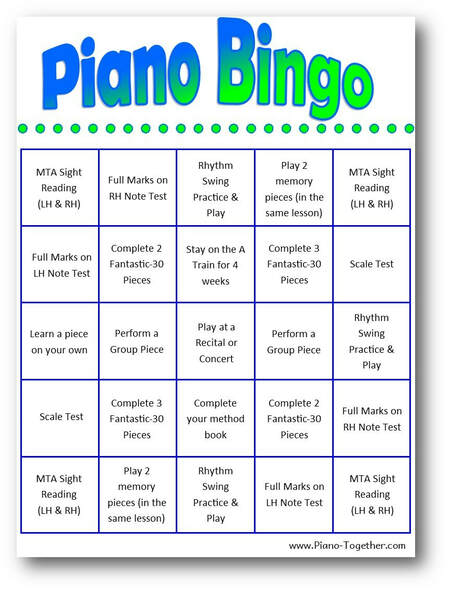
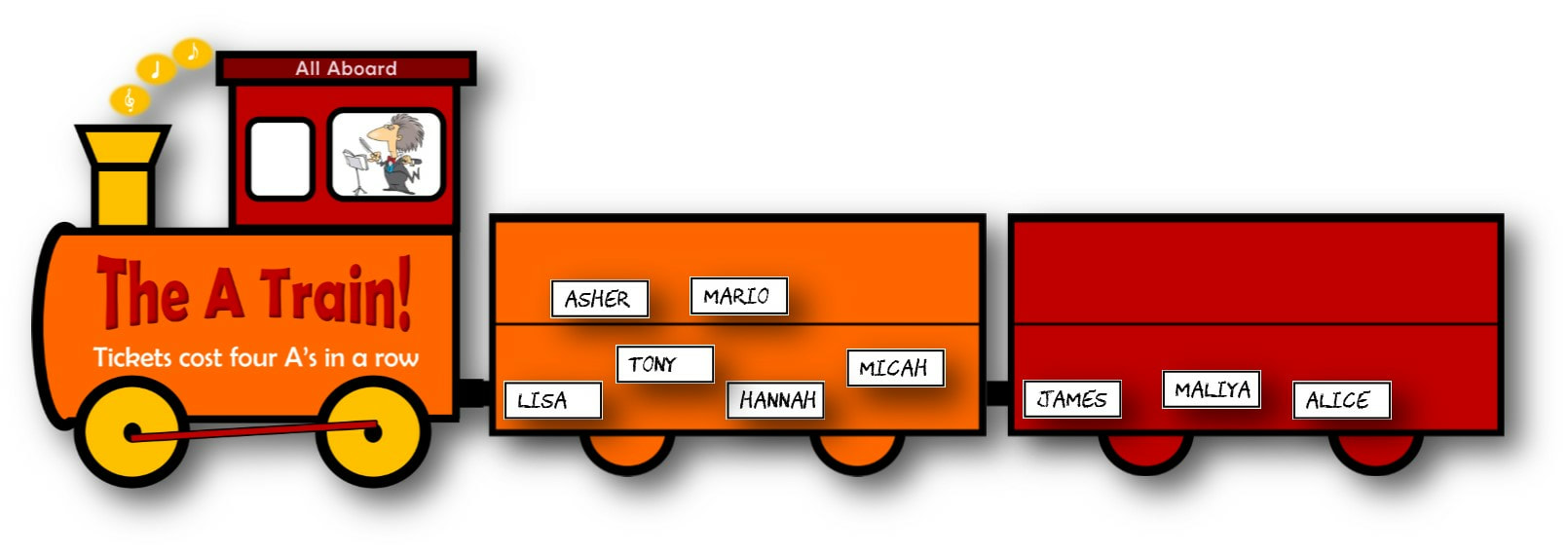
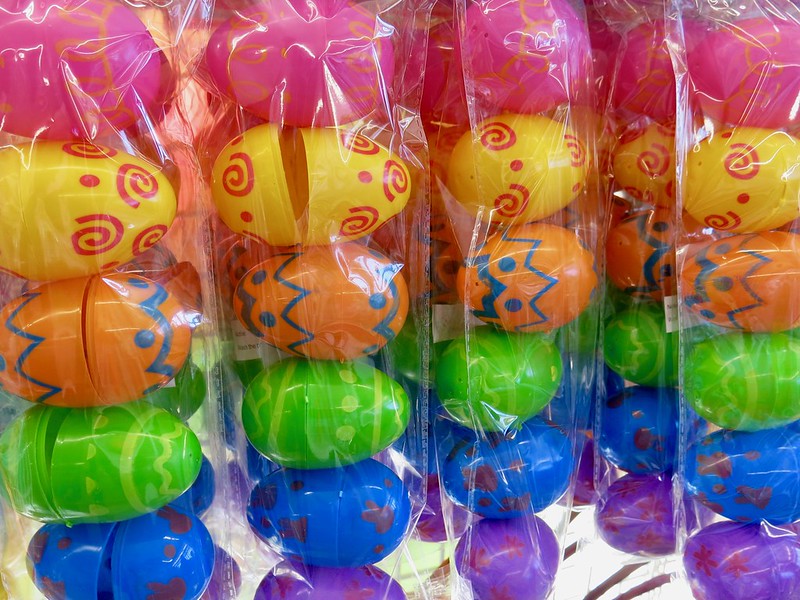

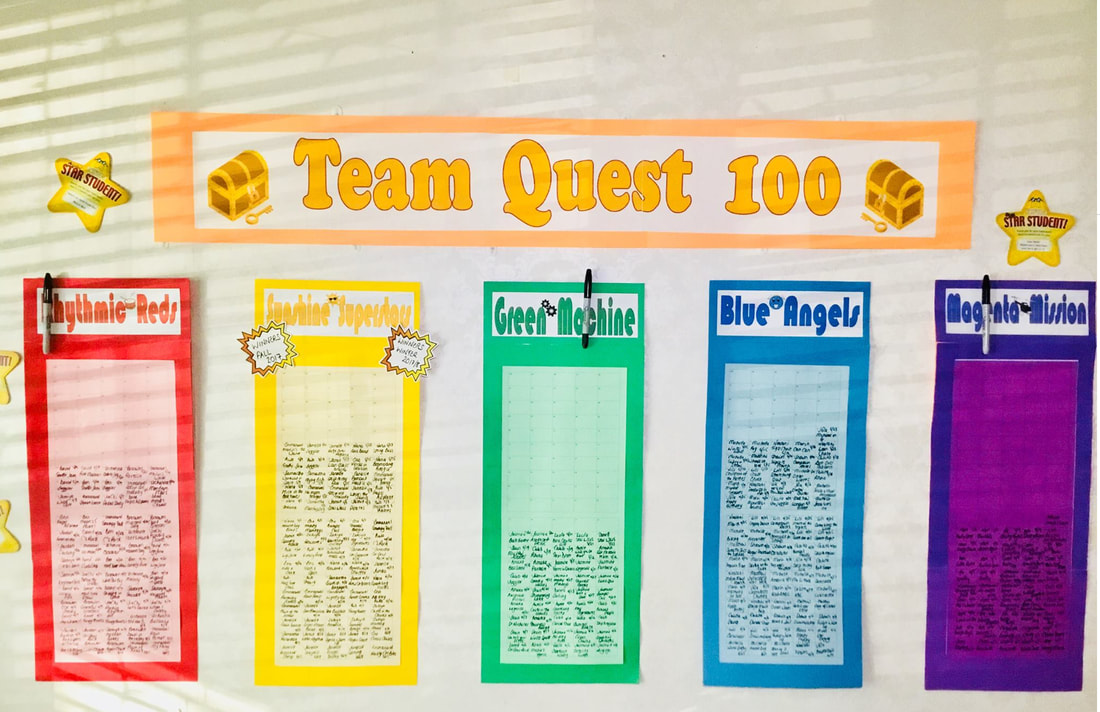
 RSS Feed
RSS Feed